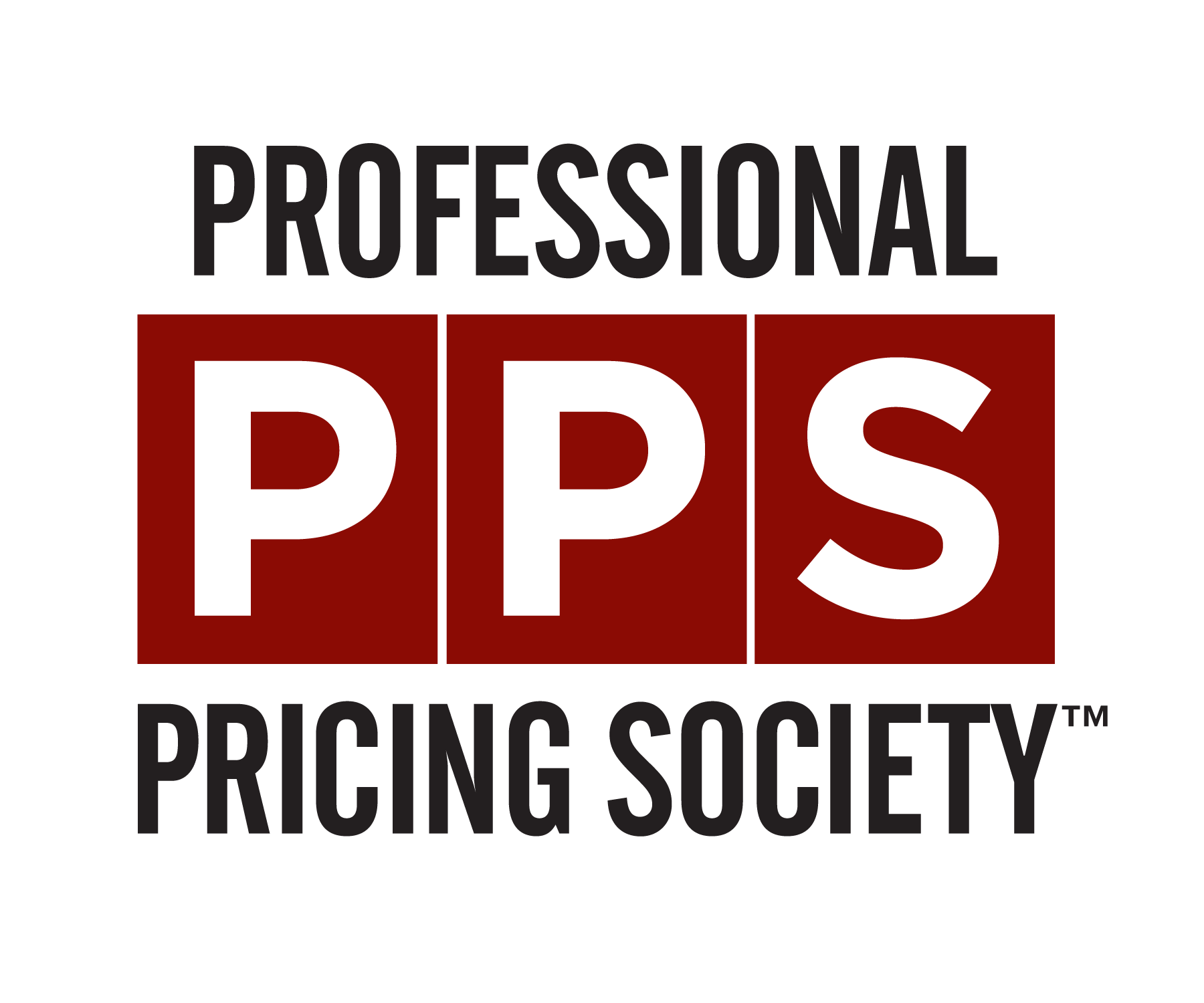5 Best B2B Practices For Pricing In Crisis
- Meagan Ford
- May 12, 2020
- 3 min read
This Guest Post was written by Avy Punwasee, Principal, Revenue Management Labs, and featured presenter during the Pricing In Crisis Virtual Summit.

Unprecedented in our lifetime? Yes. However, a global pandemic was, to some degree, inevitable in our increasingly interconnected world.
If you're not in the business of online streaming services, cloud computing, e-commerce or pharma/healthcare, you're probably currently experiencing a downturn; you're drowning in requests for extended financing, cost concessions and improved servicing.
Your focus has transitioned to supporting the top line, driving cash flow and maintaining whatever level of profit is realistic. But don't despair, industry experts are projecting that the post-COVID-19 recovery will begin in the third quarter of 2020.
As we look forward, economies will once again stabilize. When that happens, it will be essential that businesses get back to basics with price housekeeping, and these are five main areas you should focus on to ensure a successful recovery.
1. Revisit Deals With Declining Customers
Every dollar counts, and if you're investing with shrinking customers, you are underinvesting in growing customers. Go in for hard negotiations on customers that have experienced multi-year declines. Restructure deals to focus investment on growth. Optically, customers get the same dollars but based on their trajectory, you've just freed up resources.
2. Smaller Customers Pay A Premium
Map out the size of each customer vs. net price (indexed to the biggest customer). If you have any customer segments defined, add them in as a third variable. Be sure to include all deals and customer investments to ensure you're getting a complete picture.
You should see a downward-sloping relationship; as customers get larger, they enjoy a cost concession. Unfortunately, this is rarely the case, and substantial clean up is required.
3. You Should Never Be NOT Selling
It's alarming how many companies have offerings that deliver negative margins despite having guardrails in place. These offerings often start as an exception or with assurances that they will be addressed in the future, but left unchecked, they balloon and become a drag on the financials. The best way to find them is to assess your offerings at the lowest level, offering by customer, and determine if you are making a variable profit.
In cases where you have loss-leader offerings, ensure that the total basket is accretive to your portfolio and evaluate if a price increase on this item would result in the customer walking away.
4. Convert Non-Working (Fixed) Investments To Working (Variable)
Working investments relate to spend that varies based on volume delivered (e.g. growth incentives) versus non-working remaining flat despite customer performance (e.g. lump sum marketing /promotion spends).
Rank all customers based on the size of the business, percentage of non-working dollars and contract renewal dates. Set a target "percentage non-working dollars" and create an action plan against the top opportunities.
Often non-working spend has been negotiated within customer contracts, so a multi-year plan to impact is usually required.
5. Start Developing The Sell Story Now
Often, pricing strategies get stuck when you move to implementation. Building customer-relevant sell stories that can clearly define your message of value and fairness. Ensure that your sales team is trained to deliver this message to increase your probability of success.
While presently there's doom and gloom in the news, there is also a silver lining. Price increase discussions are made more straightforward when the reasoning (pandemics, trade wars, recession, tariffs & cost pressures) are public knowledge.
Be ready to leverage these turbulent times to pass through cost increases and right-size your portfolio pricing by getting back to these B2B pricing basics.
Ask Avy your questions about how to Drive Mix Management During Market Upheaval during the 2020 PPS Virtual Summit on June 24-25.





